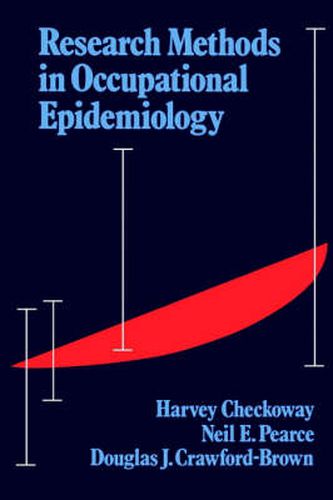Readings Newsletter
Become a Readings Member to make your shopping experience even easier.
Sign in or sign up for free!
You’re not far away from qualifying for FREE standard shipping within Australia
You’ve qualified for FREE standard shipping within Australia
The cart is loading…






Occupational epidemiology has emerged as a distinct subdiscipline of epidemiology and occupational medicine, addressing fundamental public health and scientific questions relating to the specification of exposure-response relationships, assessment of the adequacy of occupational exposure guidelines, and extrapolation of hazardous effects to other settings. This book reviews the wide range of principles and methods used in epidemiological studies of working populations. It describes the historical development of occupational epidemiology, the approaches to characterizing workplace exposures, and the methods for designing and implementing epidemiological studies. The relative strengths and limitations of different study designs are emphasized. Also included are more advanced discussions of statistical analysis, the estimation of doses to biological targets, and applications of the data derived from occupational epidemiology studies to disease modelling and risk assessment. The volume will serve both as a textbook in epidemiology and occupational medicine courses and as a practical handbook for the design, implementation, and interpretation of research.
$9.00 standard shipping within Australia
FREE standard shipping within Australia for orders over $100.00
Express & International shipping calculated at checkout
Occupational epidemiology has emerged as a distinct subdiscipline of epidemiology and occupational medicine, addressing fundamental public health and scientific questions relating to the specification of exposure-response relationships, assessment of the adequacy of occupational exposure guidelines, and extrapolation of hazardous effects to other settings. This book reviews the wide range of principles and methods used in epidemiological studies of working populations. It describes the historical development of occupational epidemiology, the approaches to characterizing workplace exposures, and the methods for designing and implementing epidemiological studies. The relative strengths and limitations of different study designs are emphasized. Also included are more advanced discussions of statistical analysis, the estimation of doses to biological targets, and applications of the data derived from occupational epidemiology studies to disease modelling and risk assessment. The volume will serve both as a textbook in epidemiology and occupational medicine courses and as a practical handbook for the design, implementation, and interpretation of research.